Photos: NASA Conducts Crash Test of Chopper Body
NASA Test Helicopter
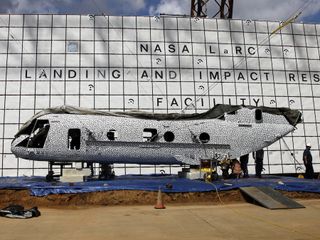
NASA's Langley Research Center engineers are scheduled to crash test a former Marine helicopter at the historic Landing and Impact Research facility. The fuselage is painted in black polka dots as part of a high speed photographic technique.
Crash Test Dummies
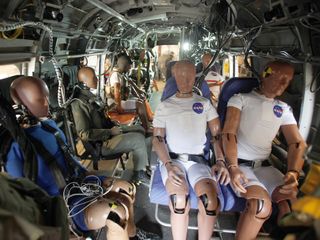
The dummies will test seatbelts and other technologies during a crash test in which the helicopter will be dropped from a height of about 30 feet.
Final Prep Work
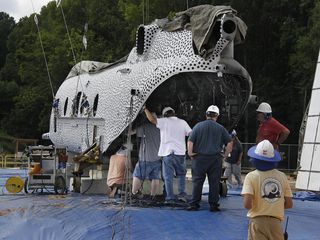
Preparations for crash testing an aircraft can take years and incredibly complex.
Chopper Gets a Lift
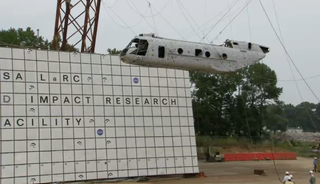
Minutes before the test drop on Wednesday, Aug. 28, the helicopter body was pulled 30 feet into the air.
Why The Spots?
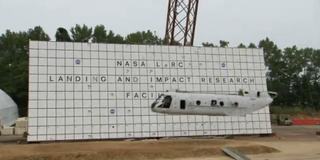
One side of the chopper was painted white with black polka dots so that researchers can reconstruct the crash using images taken by high-speed cameras on the ground.
Impact
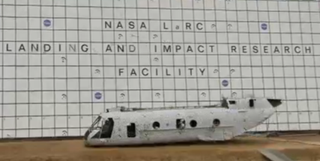
The airframe used in the test was once part of a CH-46 Sea Knight owned by the U.S. Marine Corps. This screen grab was taken when the chopper hit the ground on Aug. 28.
Crash Inspection
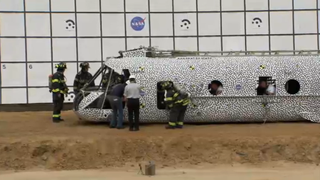
Researchers and firefighters do a preliminary check on the damage moments after the crash test.
Sign up for the Live Science daily newsletter now
Get the world’s most fascinating discoveries delivered straight to your inbox.
Test Dummies
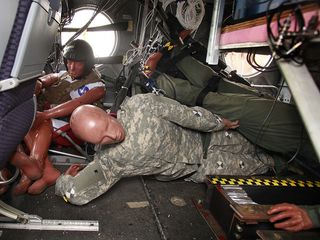
The aftermath of the test crash.
Dummies Down
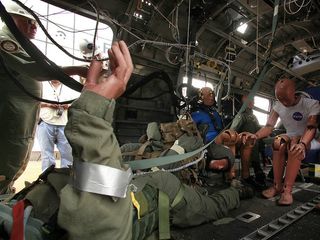
There were 13 instrumented dummies and two uninstrumented manikins inside the craft.
